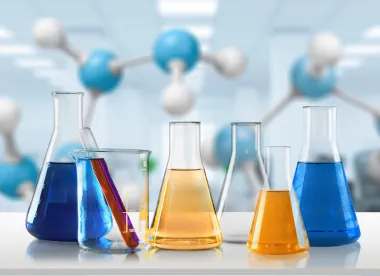Toxics in Packaging Clearinghouse (TPCH) has issued a draft update to its Toxics in Packaging Model Legislation that includes the addition of per- and polyfluoroalkyl substances (PFAS) and phthalates as regulated chemicals. The draft update also proposes new processes for identifying additional chemicals of high concern in packaging. TPCH is seeking comments from the public regarding the draft update until August 24, 2020, as detailed below.
By way of background, TPCH was created to promote the Toxics in Packaging Model Legislation developed by the Coalition of Northeastern Governors (CONEG) and to support states in their implementation of toxics in packaging laws. Nineteen states have laws based on, or similar to, the CONEG model. In general, these laws: (1) prohibit the intentional addition of cadmium, lead, mercury, and hexavalent chromium in packaging and packaging components; and (2) limit the sum of incidental concentration of the four metals to 100 parts per million (ppm) by weight.
Members of TPCH began discussing the potential need to expand the list of substances, and to establish criteria and a process to identify new substances, that may be subject to state toxics in packaging laws in 2016-2017. Only a couple of states have enacted or introduced legislation to prohibit the use of PFAS chemicals in food contact packaging thus far. (See the PackagingLaw.com article, Attack on PFAS Extends to Food Packaging, for examples.)
The TPCH model legislation revisions include limiting the concentration of phthalates incidentally present in any package or packaging component to 100 ppm or less and banning the intentional addition of PFAS to packages or packaging components in any amount. The legislation also prohibits the use of replacement chemicals “in a quantity or manner that creates a hazard as great or greater than the hazard created by the chemical regulated by this Act.”
Going forward, criteria for identifying additional chemicals of high concern will include credible scientific evidence of:
-
Developmental or health effects;
-
Persistent, bioaccumulative, and toxic (PBT) or very persistent and very bioaccumulative (vPvB); or
-
Detection in human fluids or tissues through biomonitoring.
Comments on the draft update are due by 11:00 PM (Eastern Standard Time) on August 24, 2020, and can be sent via e-mail to info@toxicsinpackaging.org.



 />i
/>i

